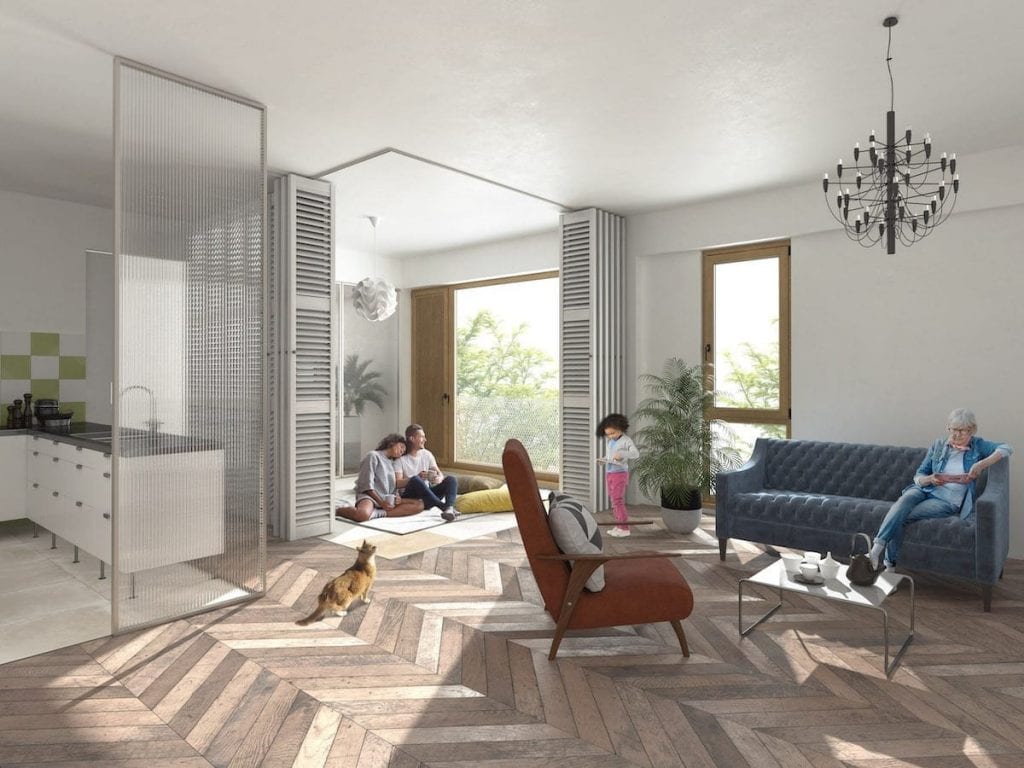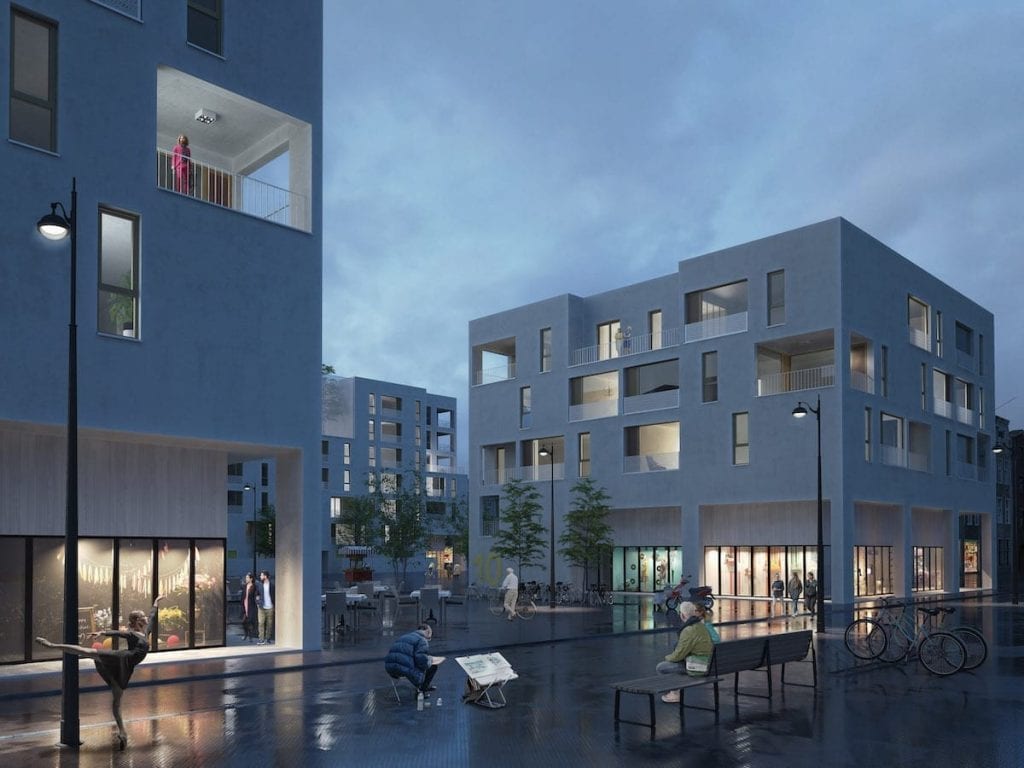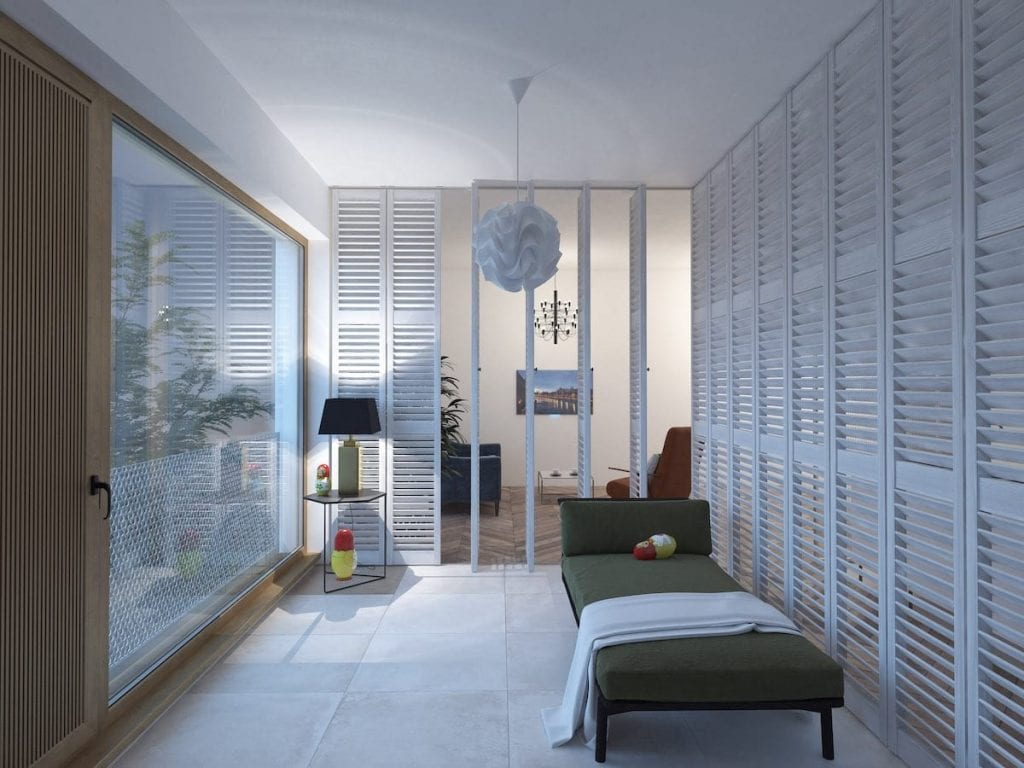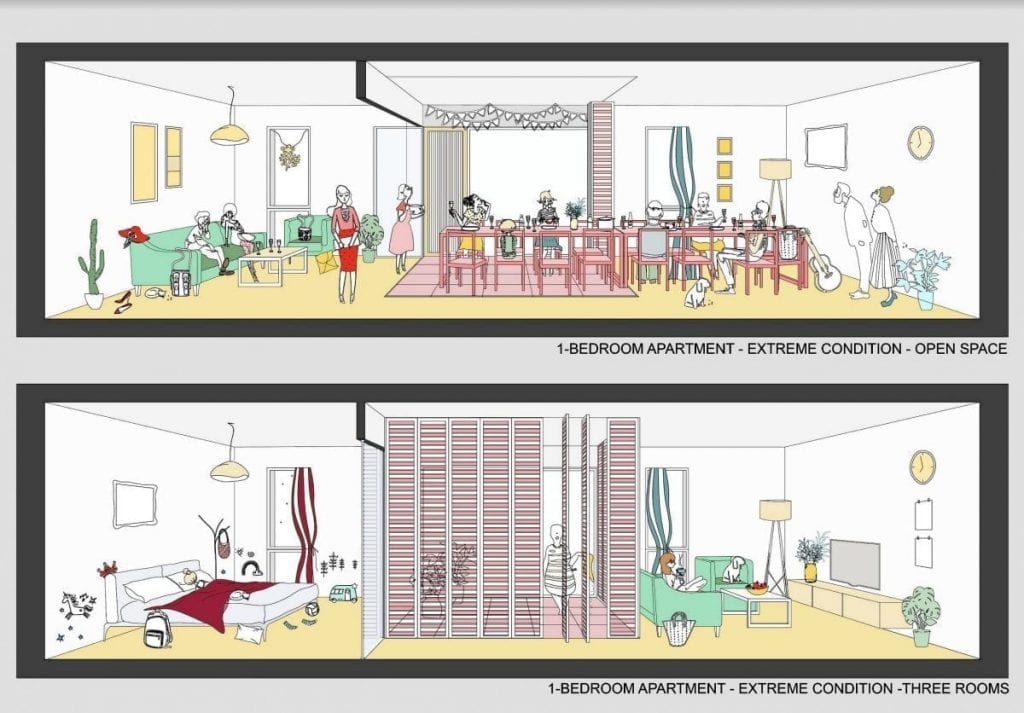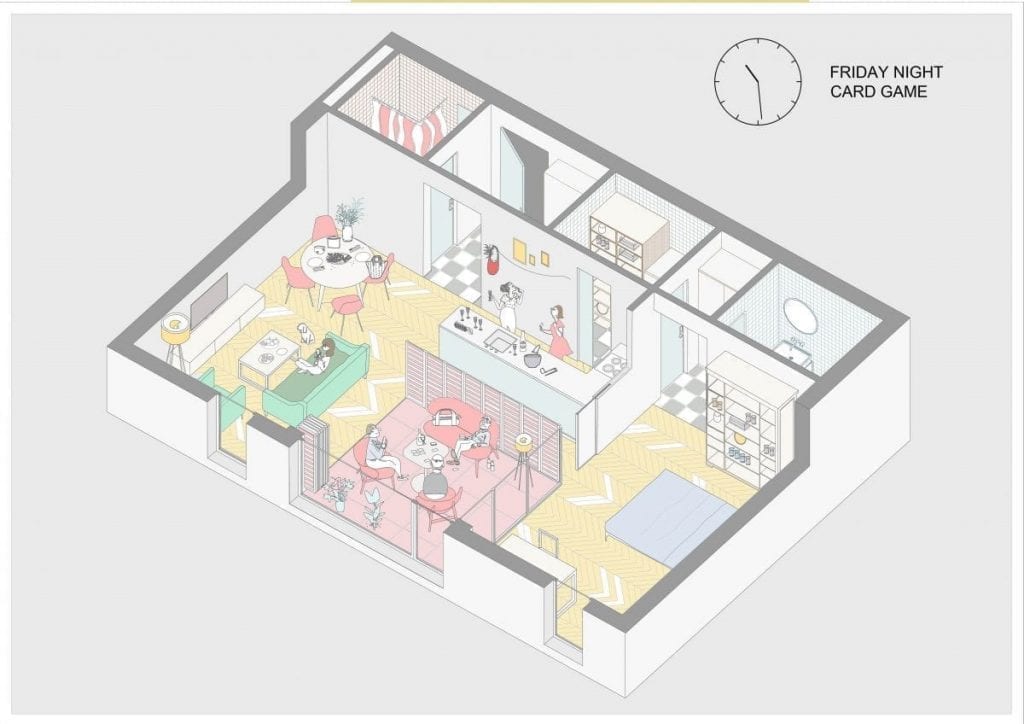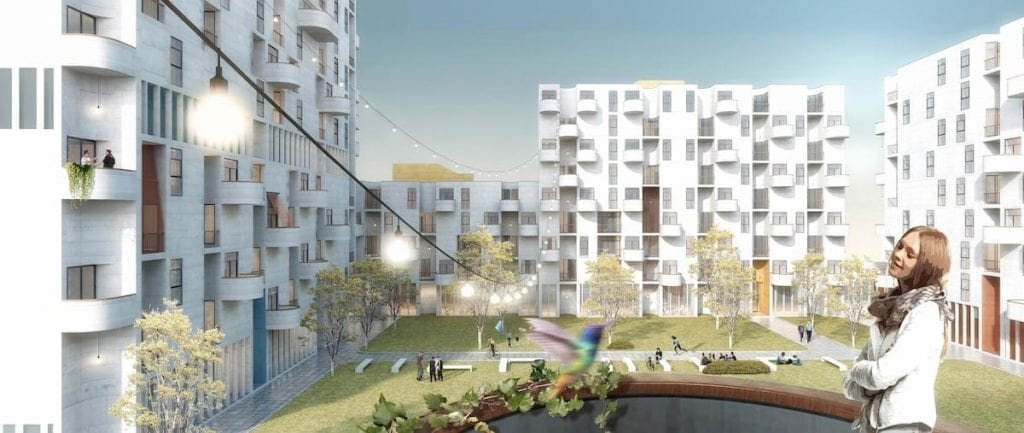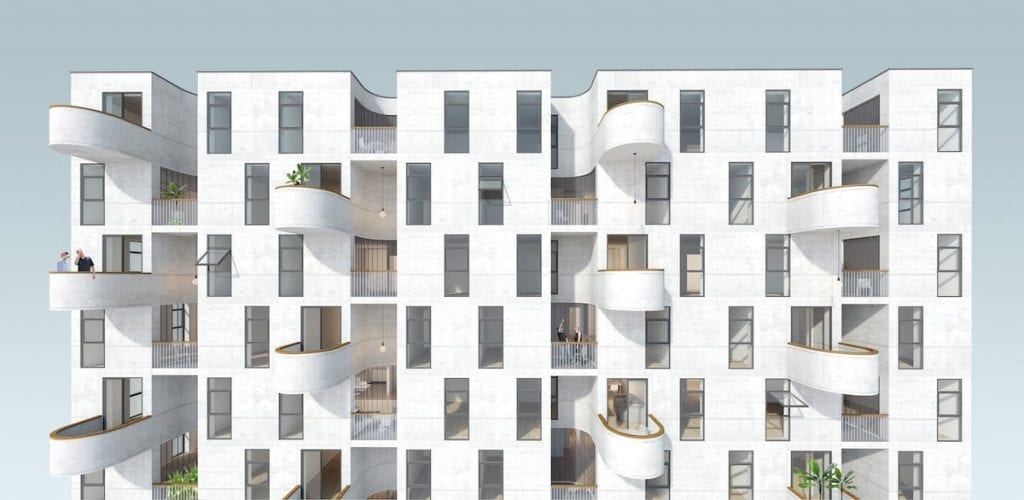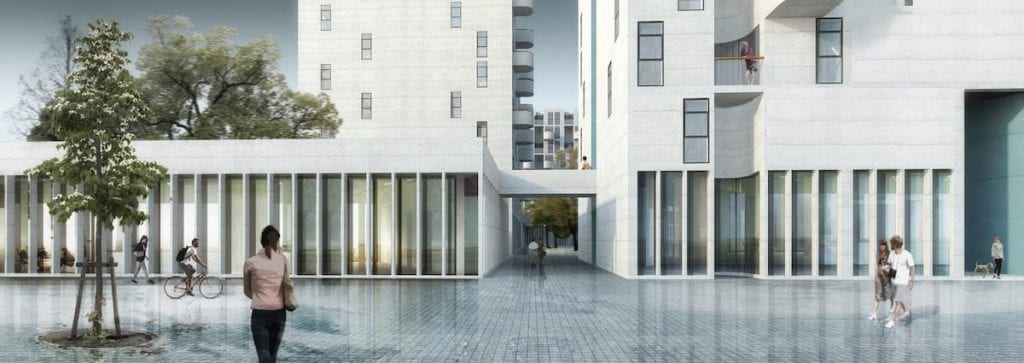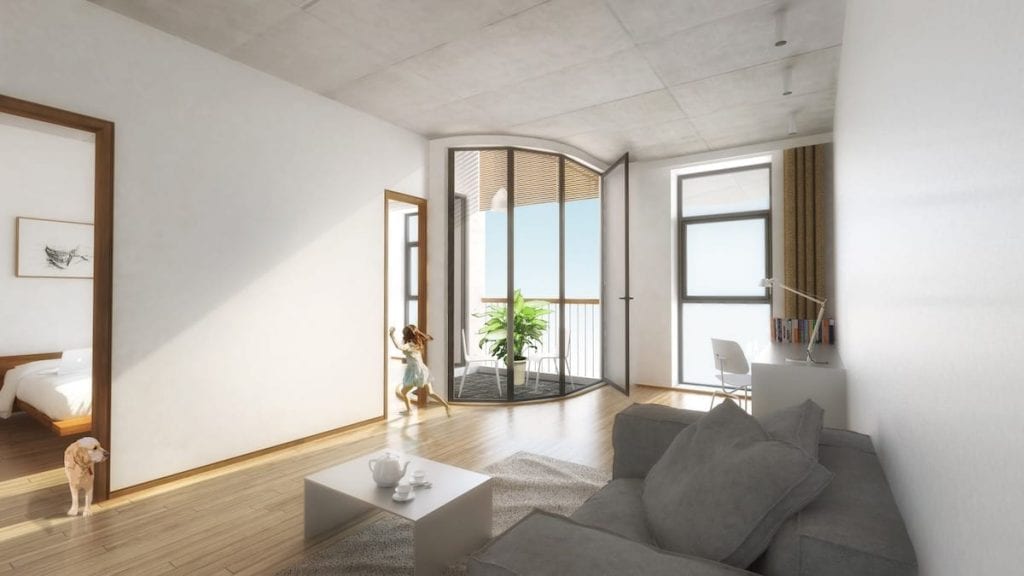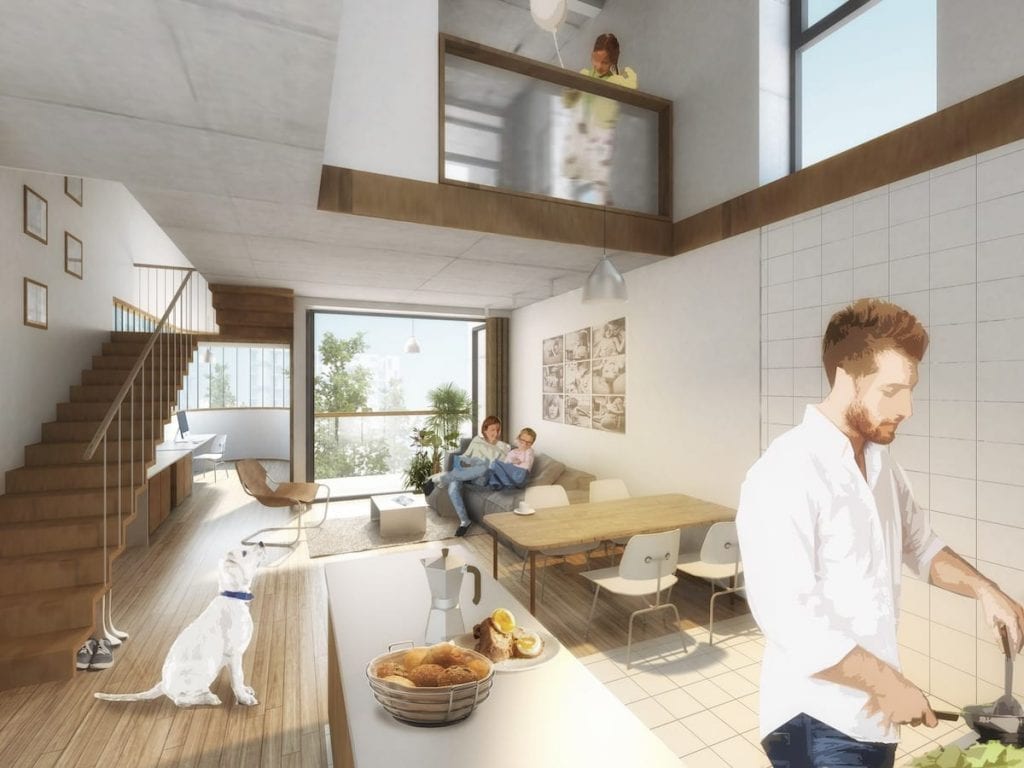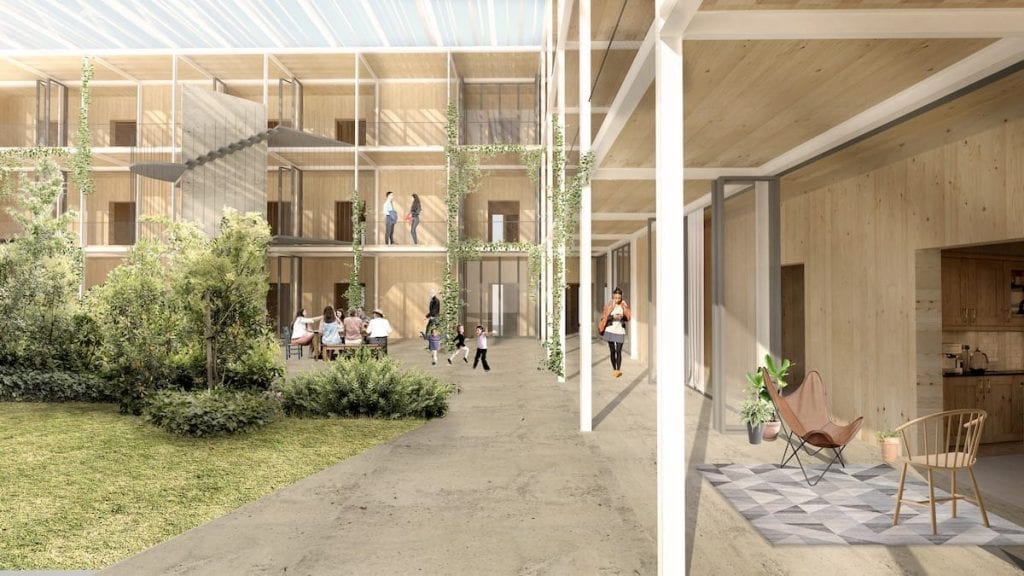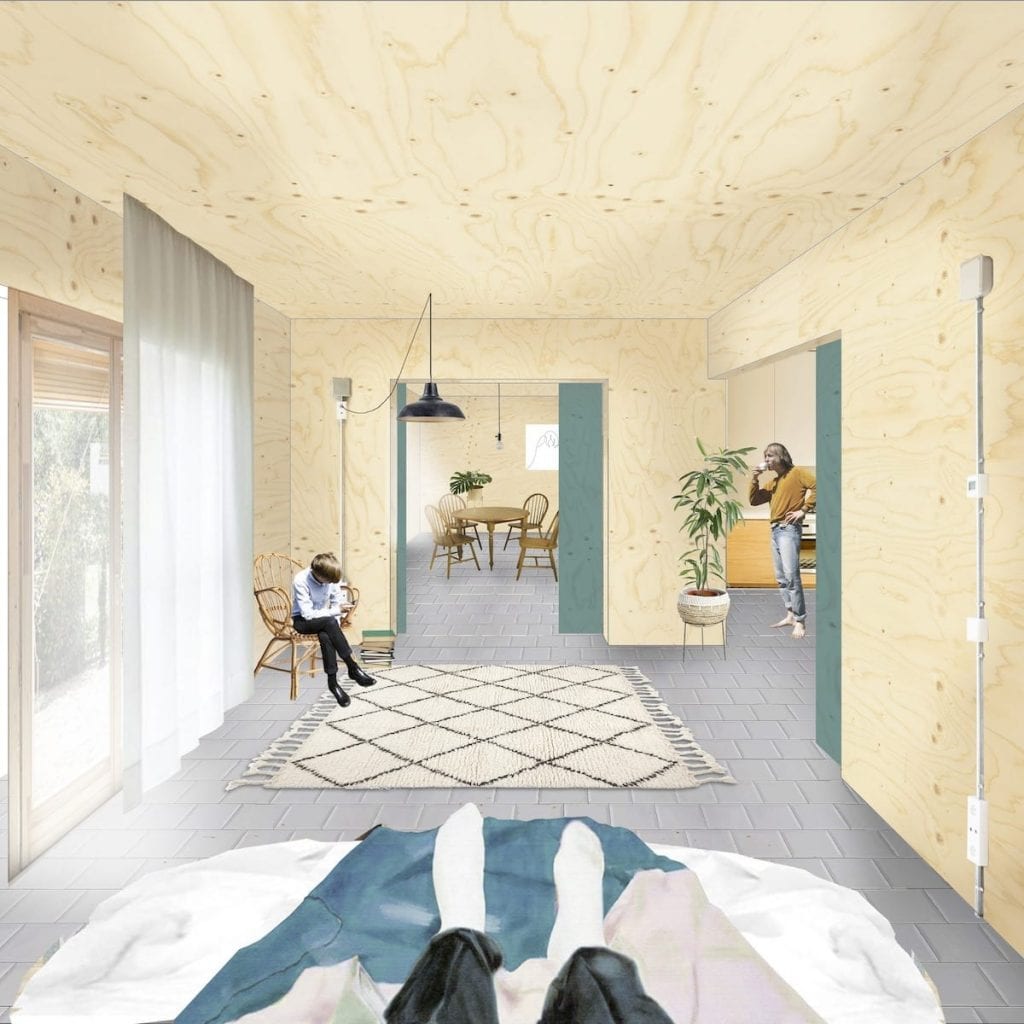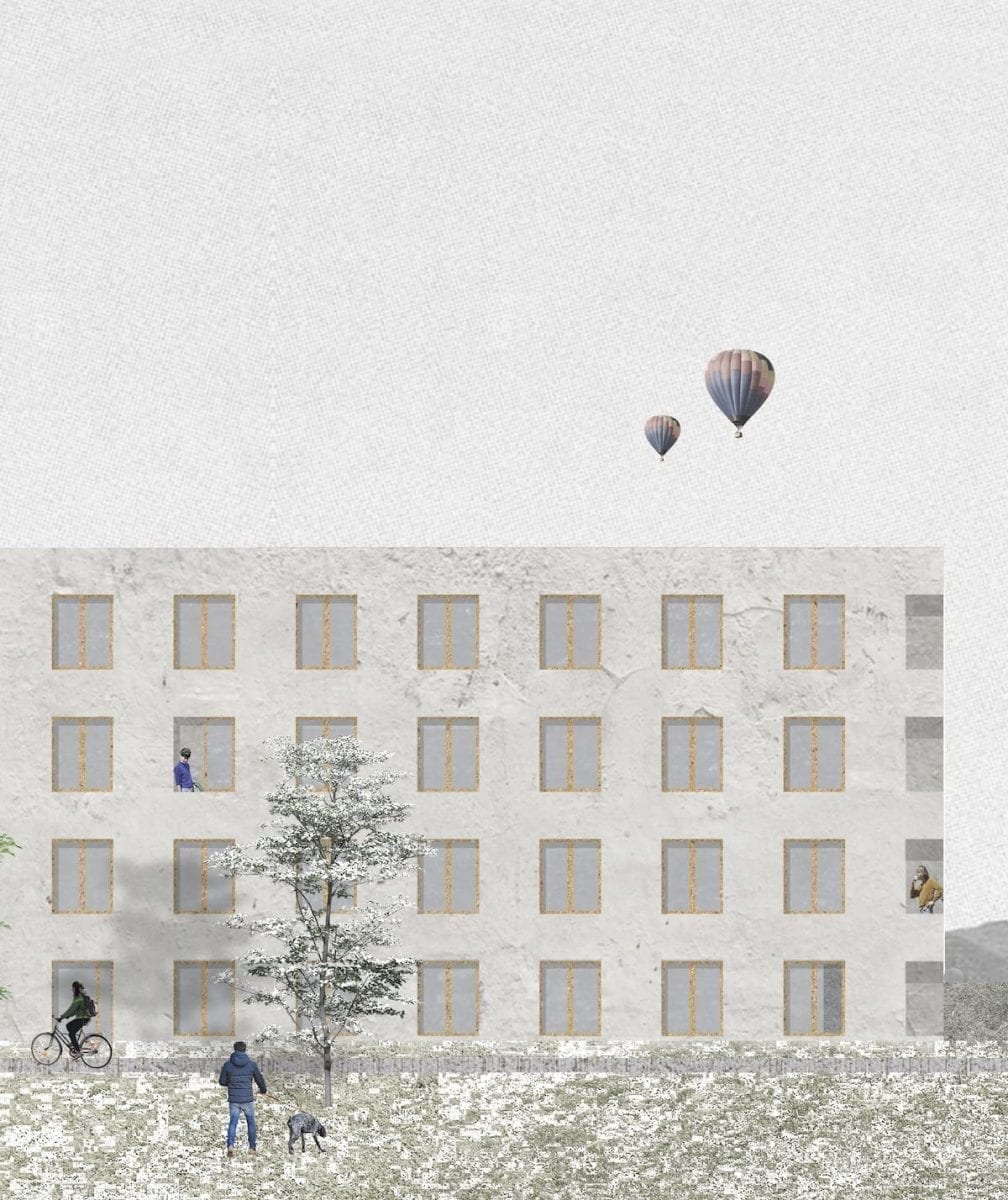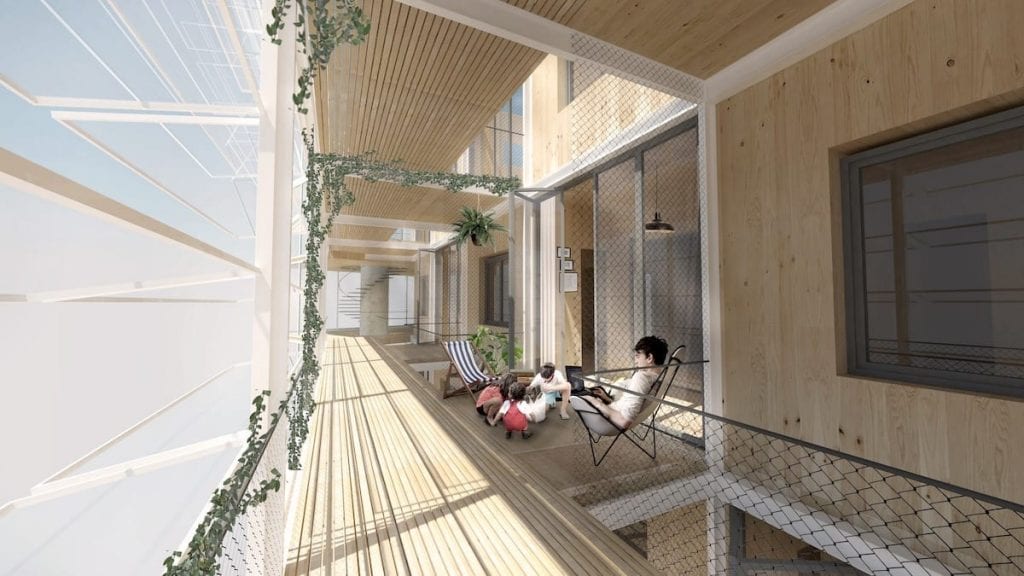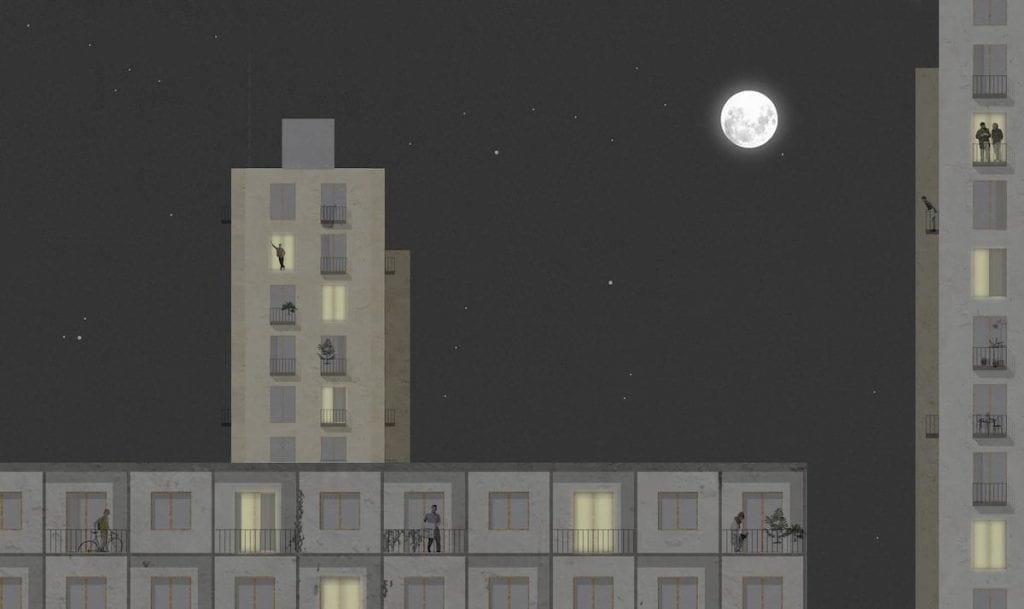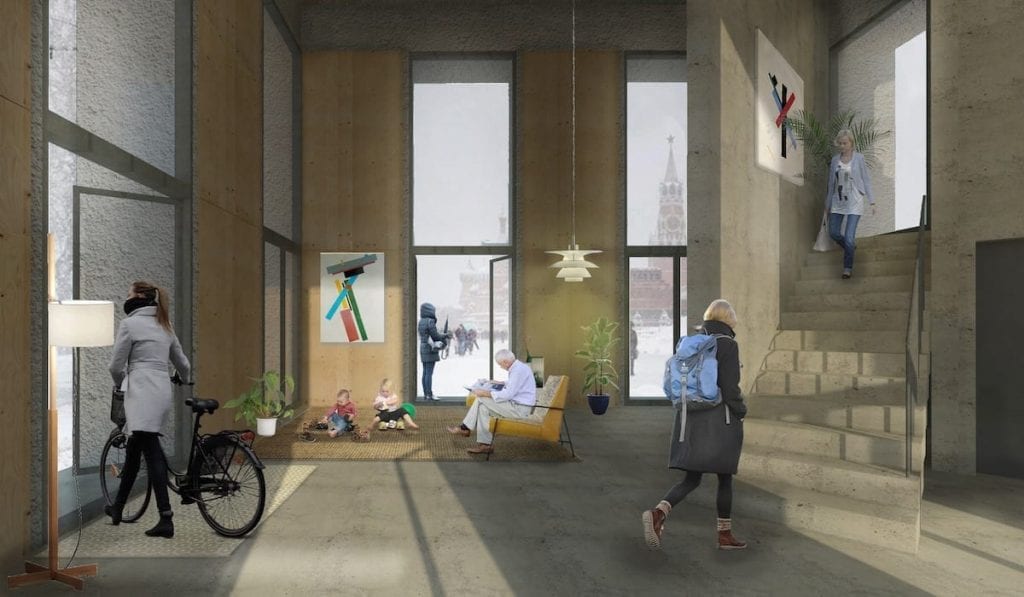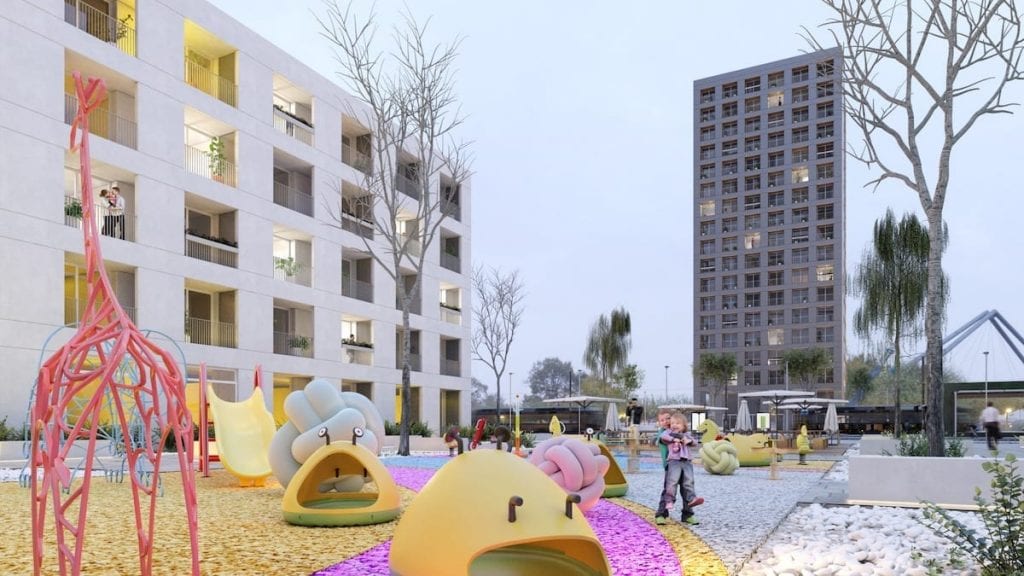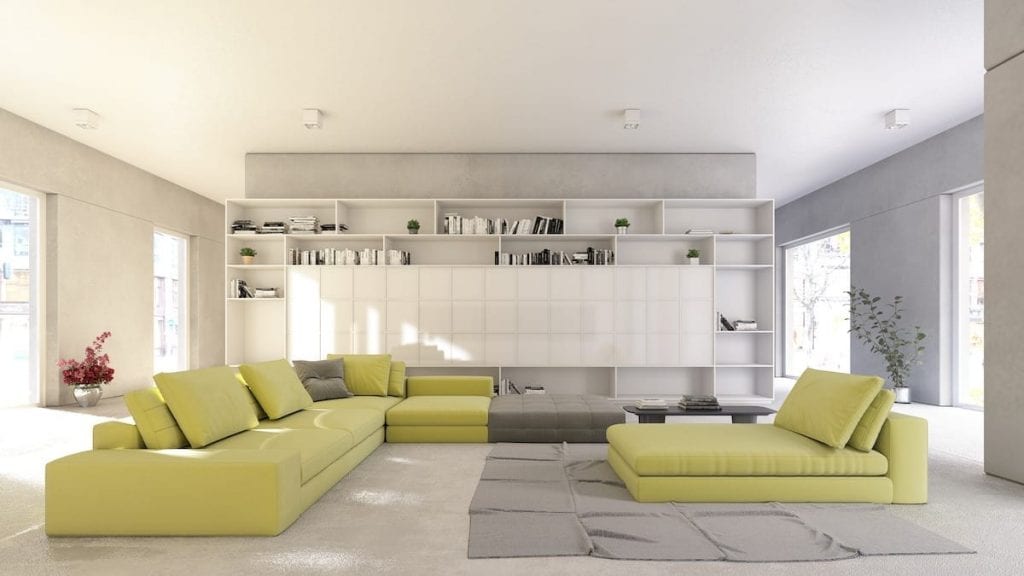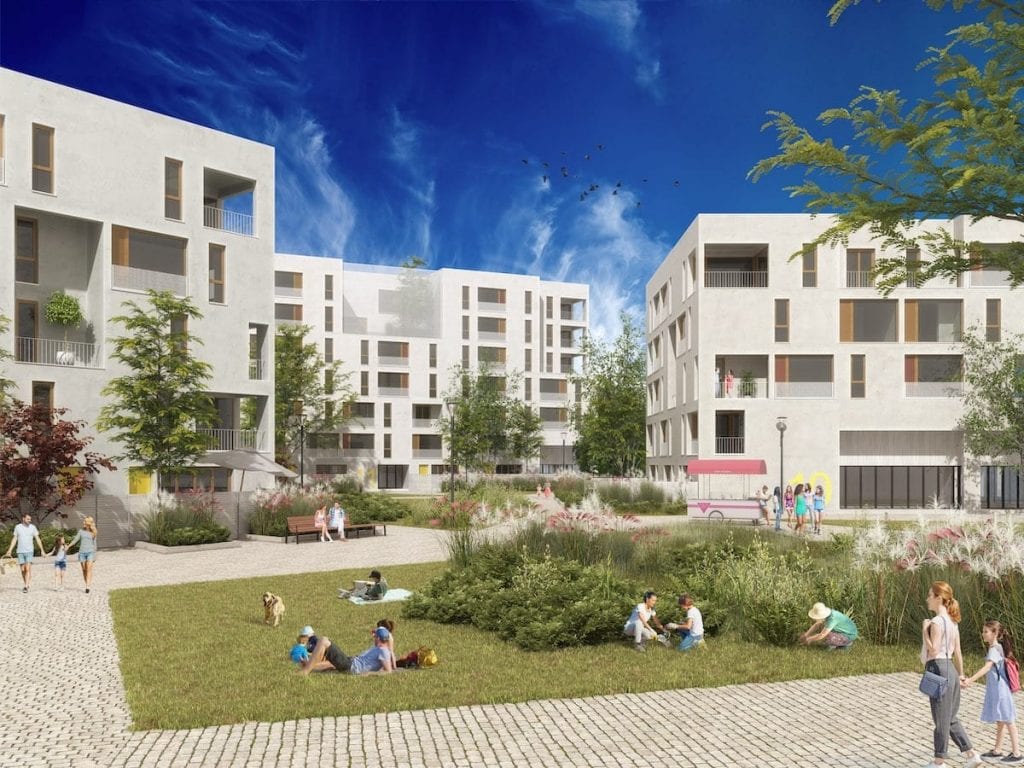
1st category prize entry by AKVS (Image courtesy STRELKA-KB, © AKVS Architecture)
Of all the nations that had been part of the Soviet Bloc after World War II, only the Russian Federation itself has lagged behind most of its neighbors in the design and construction of affordable housing. During that post-Cold War period, housing construction in cities such as Moscow struggled to keep up with demand. The result of this has been some of the most crowded urban conditions in Europe. Privacy has been an issue, whereby more than one family has oftentimes occupied a small apartment, possibly only separated by a curtain. Thus, in this housing competition, where the focus was primarily on layout design, it was not unusual to see how the various competitors addressed this issue.
According to the competition brief, the aim of the competition was “to create comfortable living environments for Russian citizens. It challenged contestants to design planning layouts for five apartments of a medium size and five apartments of a large size, for three out of four proposed building types.”
Here it is worth noting that the anticipated size of a studio apartment for the purposes of this competition was between 225-270 sq ft, whereas the average studio (one-room) apartment in the U.S. is between 500-600 sq ft. Thus, all of the other models were also smaller than one would find in the West. But everything being relative, apartments based on these models would be a marked improvement in many respects for the average Russian consumer.
The international jury consisted of:
Olga Aleksakova, Architect (Russia)
Alessandro Bosshard, Architect (Switzerland)
Julia Burdova, Architect (Russia)
Nathalie de Vries, Architect and Urbanist (Netherlands)
Bart Goldhoorn, Architect and urban planner (Netherlands)
Giovanna Carnevali, PhD Architect (Spain)
Nikolay Lyashenko, Architect (Russia)
Vladimir Plotkin, Architect (Russia)
Claudia Ricciardi, Architect (Italy)
A competition of this nature is obviously not for everyone. Doing layouts is pretty tedious work, computers notwithstanding. So one might assume that many of the participants were submitting ideas that they already may have submitted to developers for real projects. Thus, this may account for the fact that the top five finishers in this competition were non-Russians. And it also may account for the fact that the organizer of the competition, STRELKA-KB, staged this event as an open, international competition.
AKVS ARCHITECTURE (Serbia) — 1st category prize, for special flexibility and variability of layouts
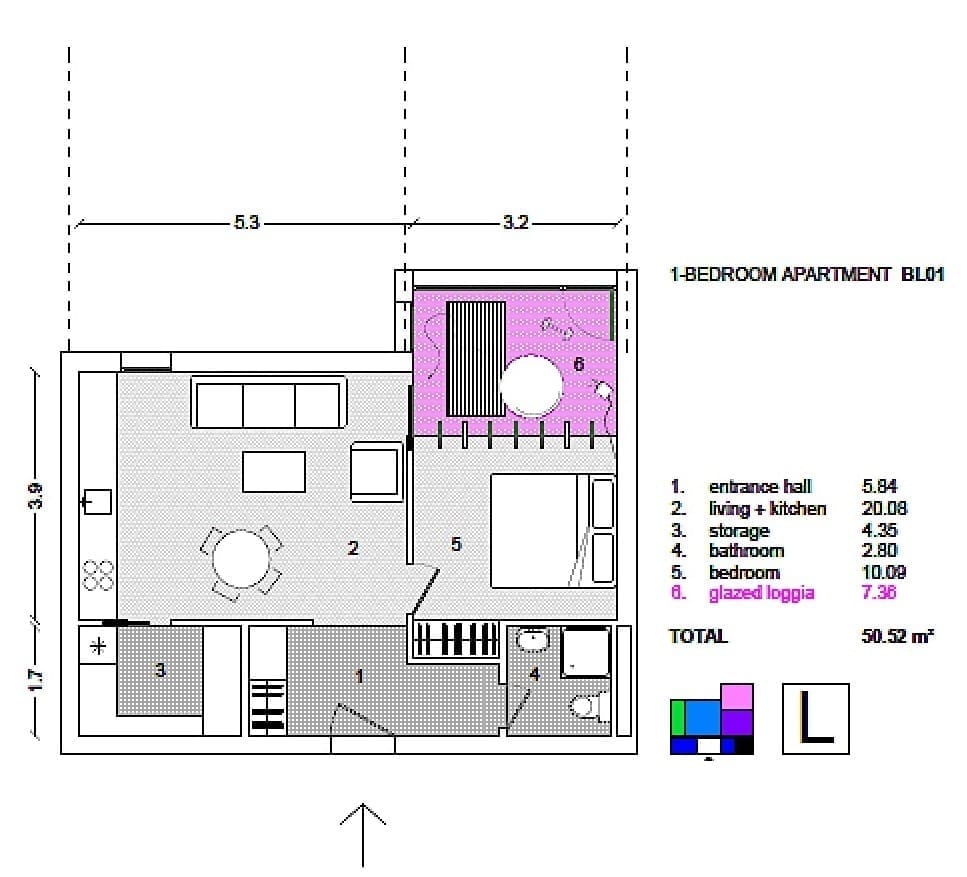
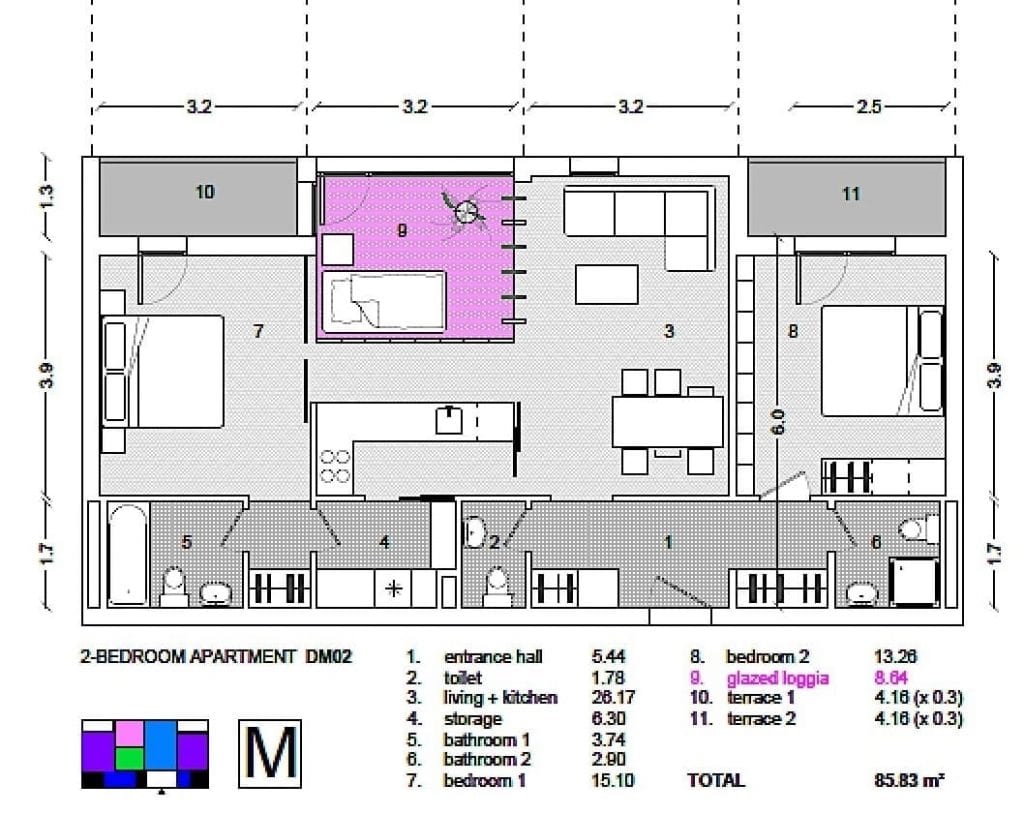
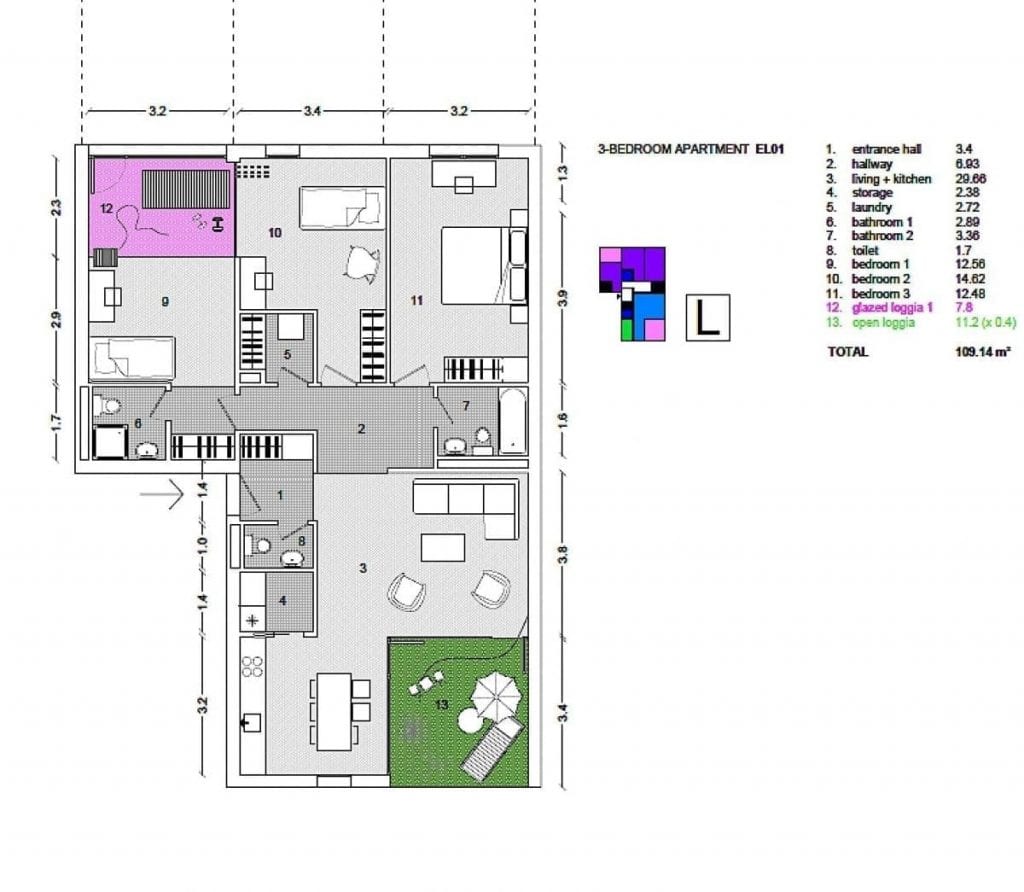
Images courtesy STRELKA-KB, © AKVS Architecture
ATARCHITECTURE / AVNEESH + NEHA (India) — 1st category prize, for outstanding architecture of facades and interior decisions
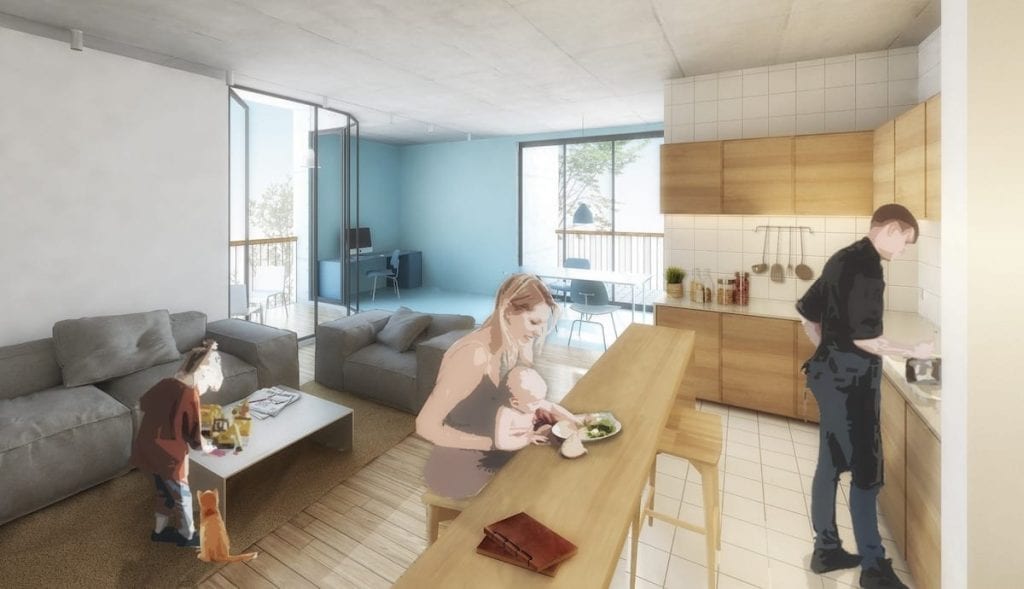
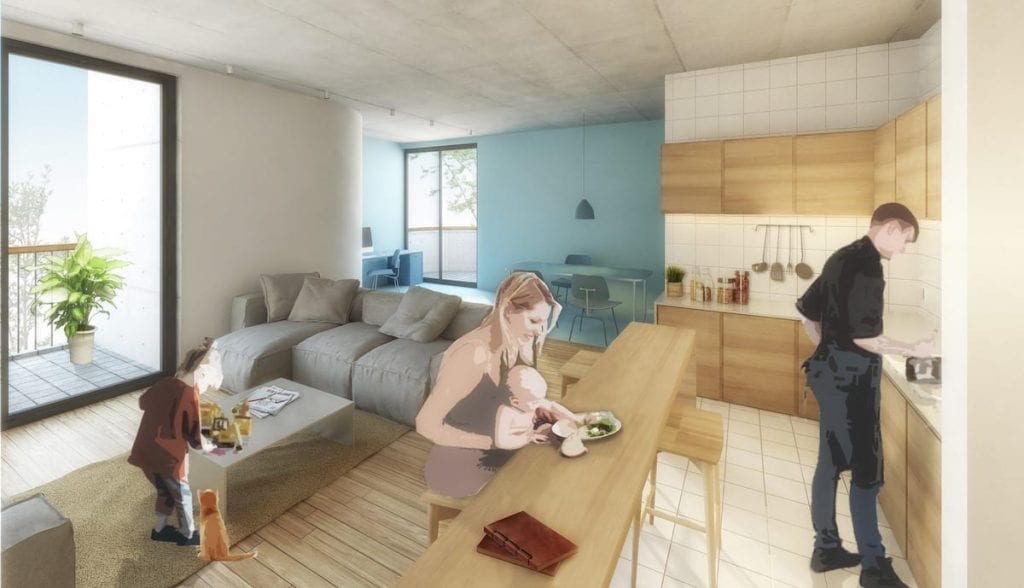
Images courtesy STRELKA-KB, © ATARCHITECTURE – AVNEESH + NEHA
SIDEREAL (Spain) — 1st category prize, for innovation in the typology of houses and apartments
Images courtesy STRELKA-KB, © SIDEREAL
STVX + MARIA EIZAYAGA + EMILIO LOPEZ (Mexico) — 1st category prize, for solutions in which versatility leads to diversity

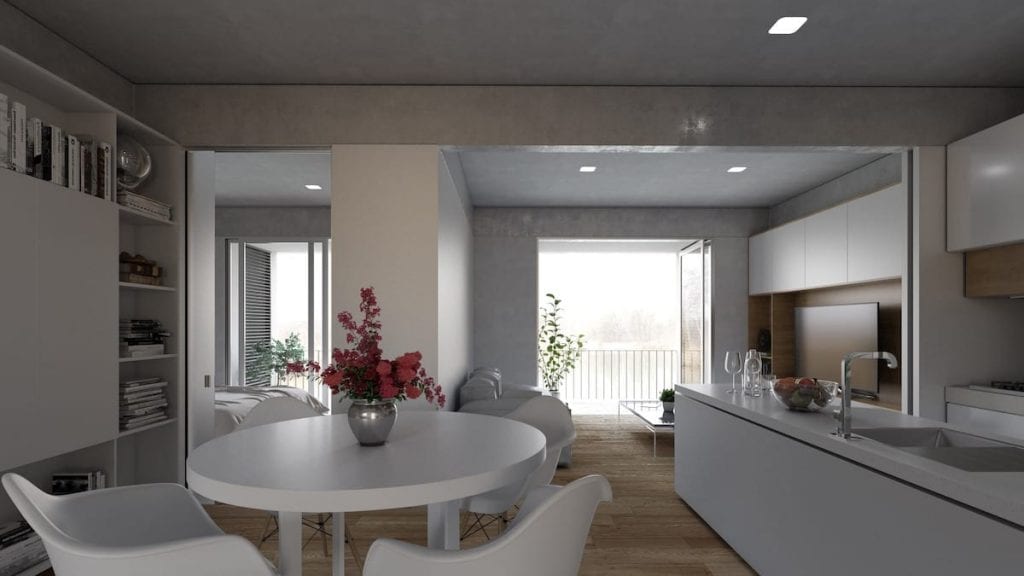
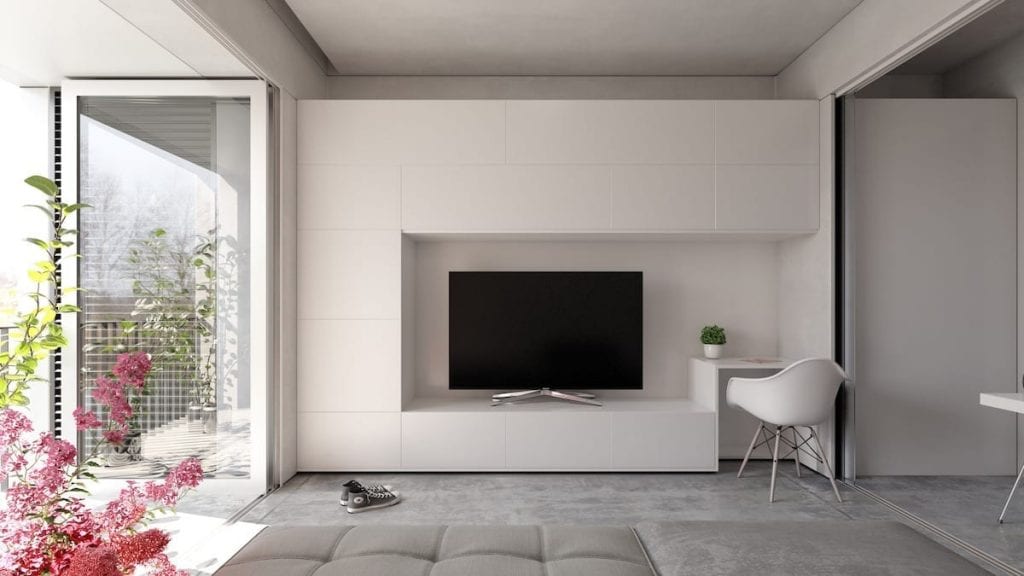
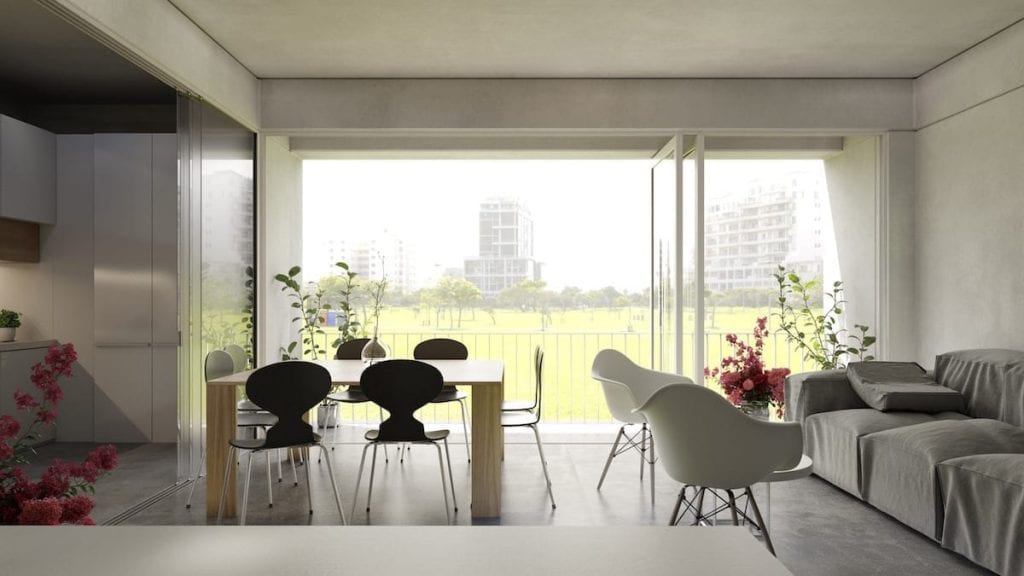

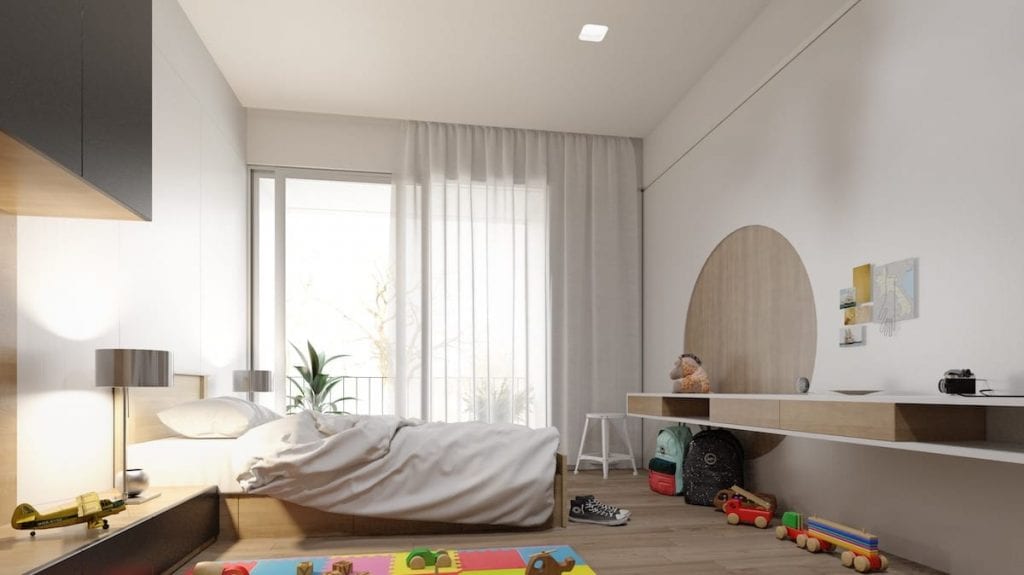
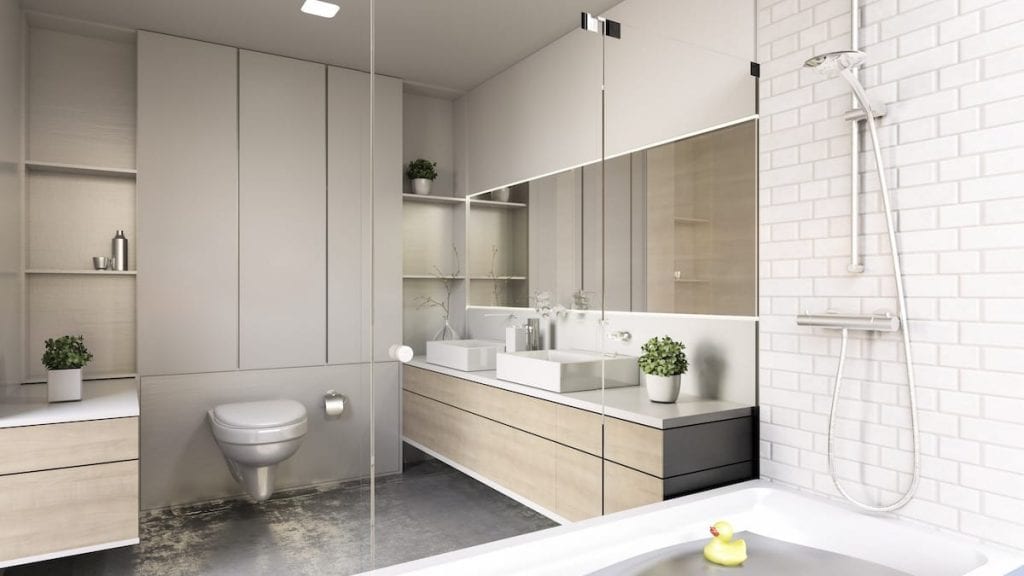
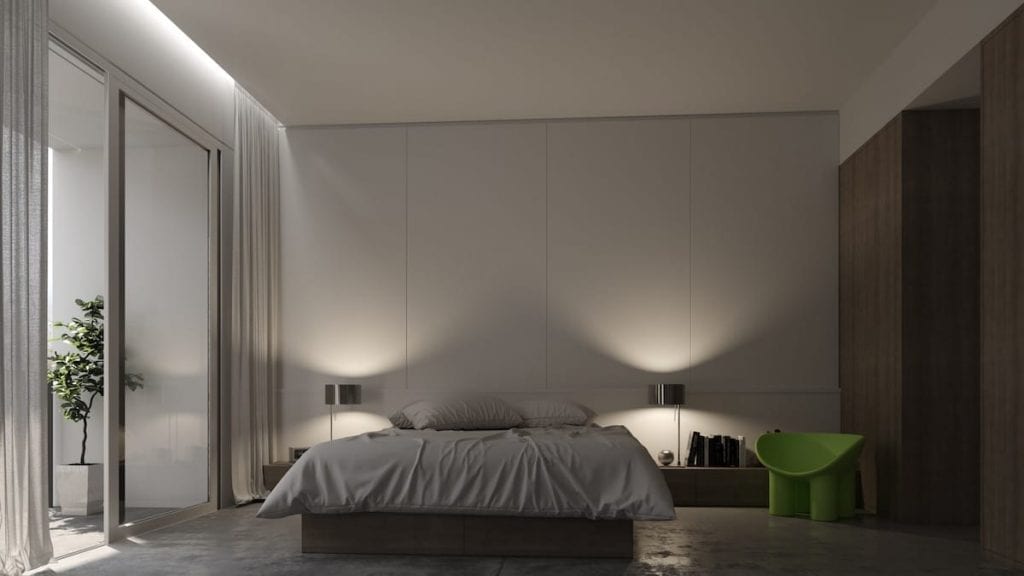
Images courtesy STRELKA-KB, © STVX + MARIA EIZAYAGA + EMILIO LOPEZ
THE CENTER FOR SPATIAL TECHNOLOGIES + LEVERAGE STRATEGY (Germany) — 1st category prize, for a system of solutions in which a person is always in the center.
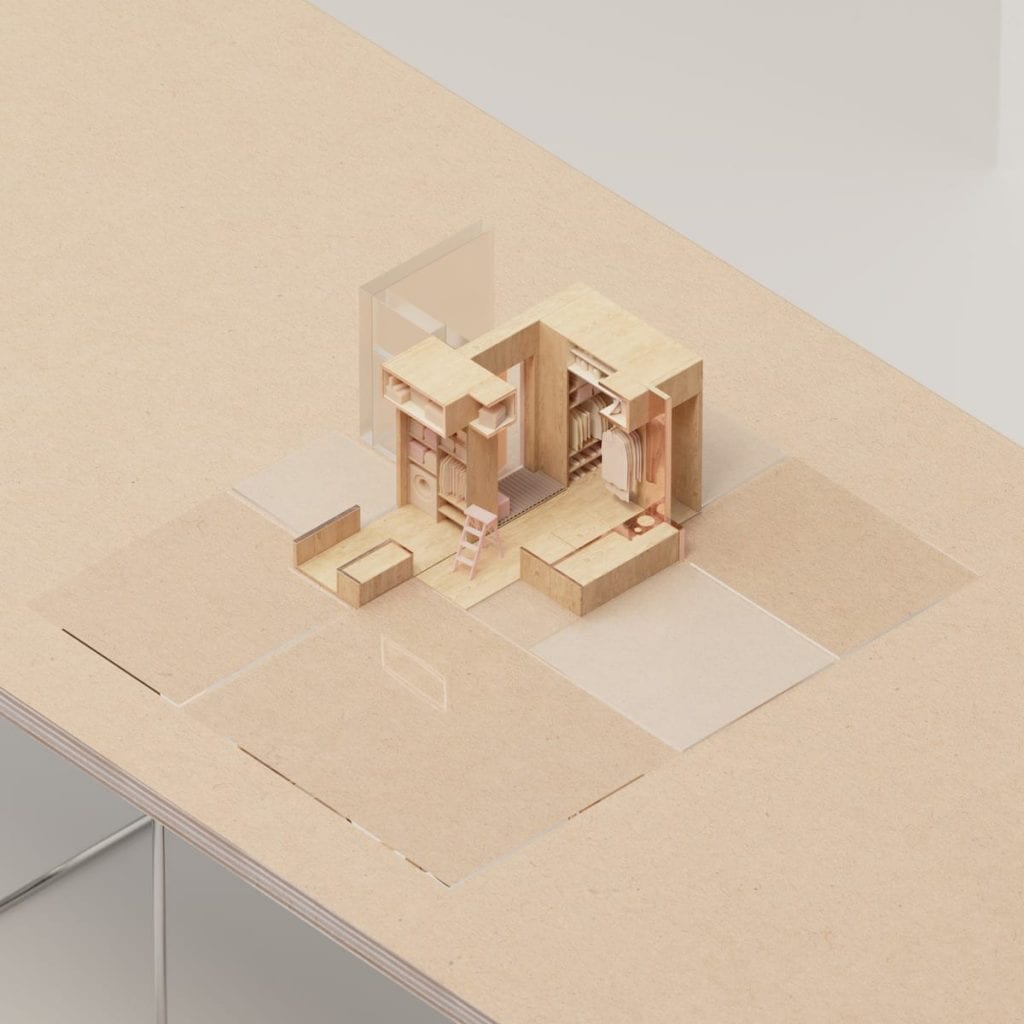
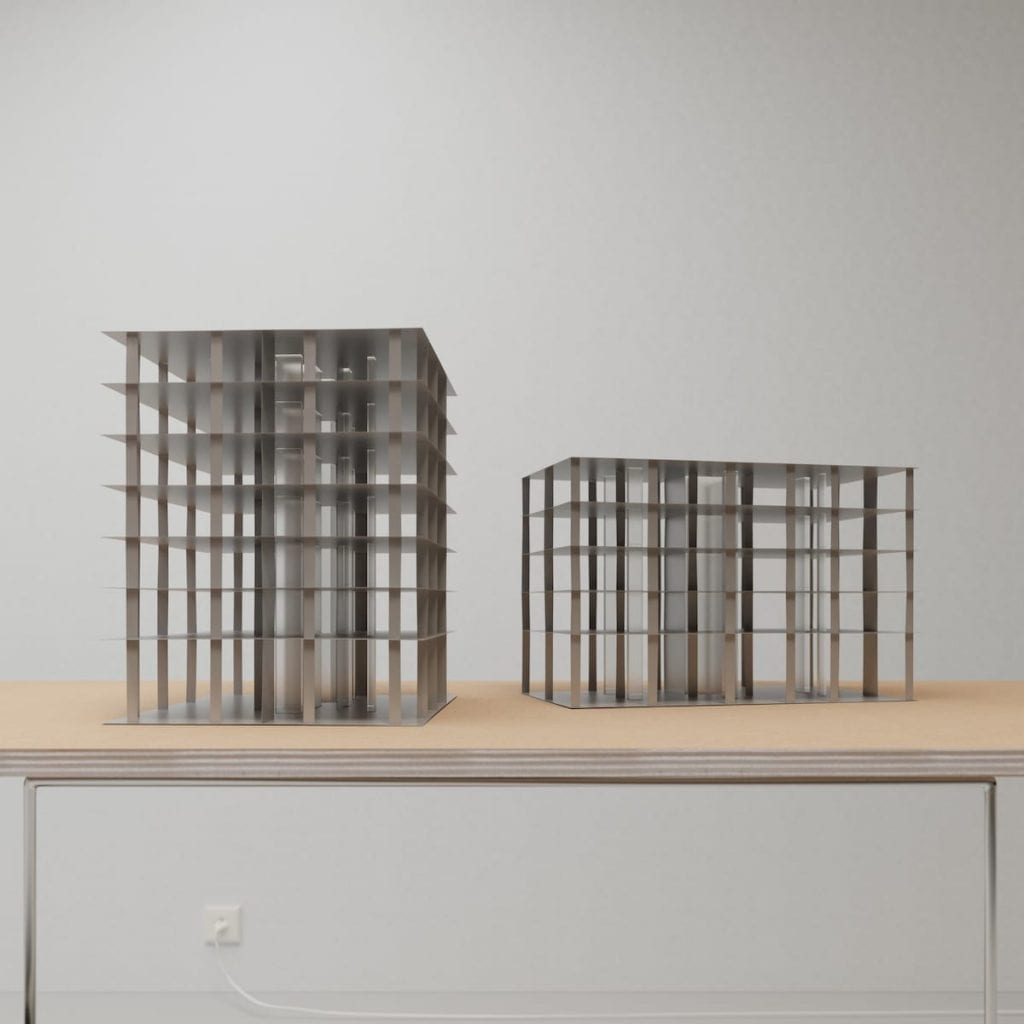
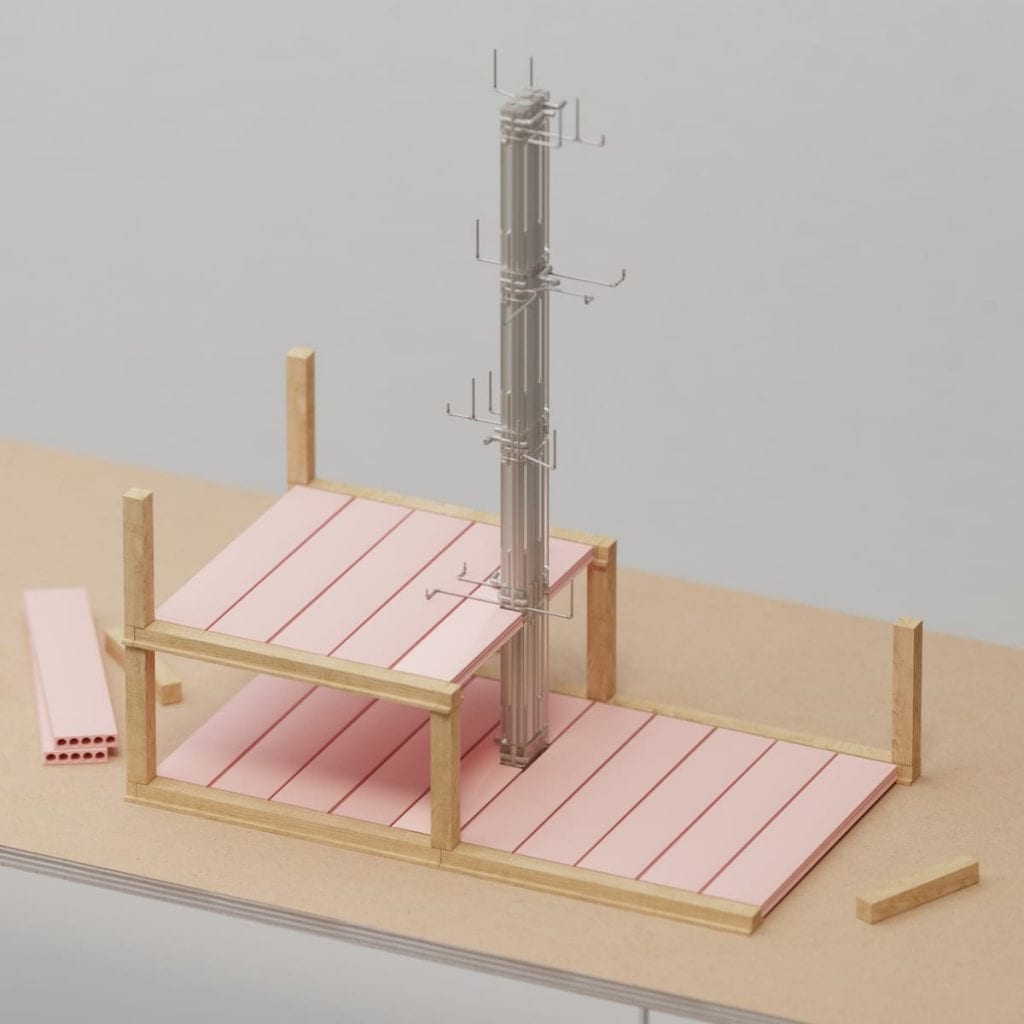
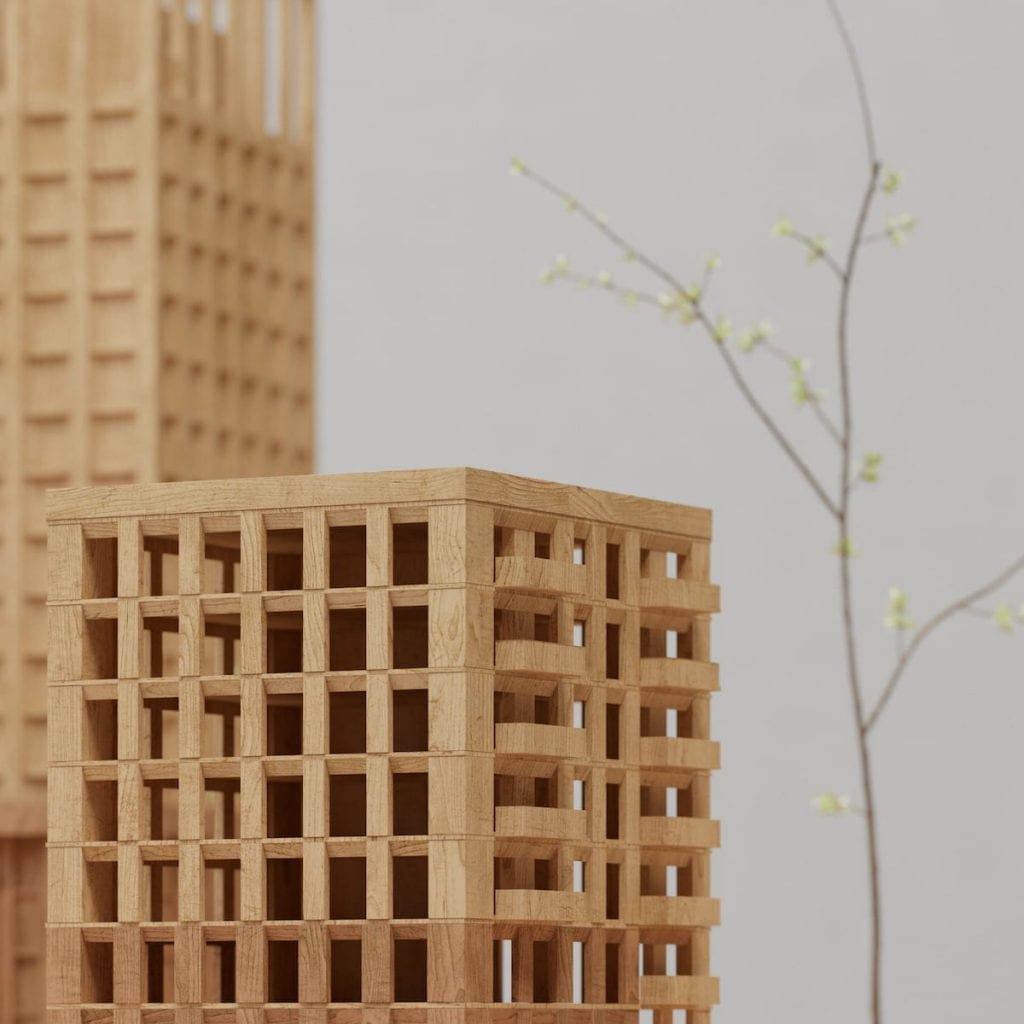
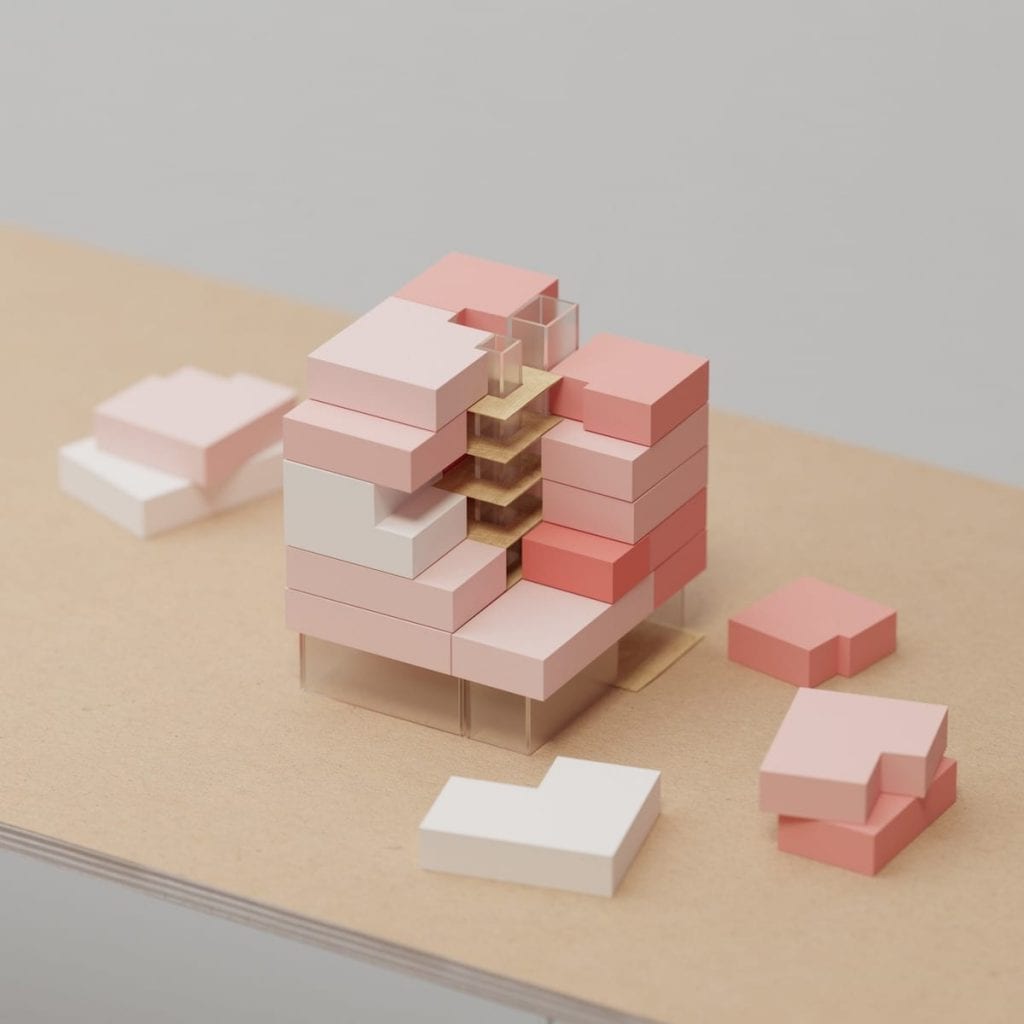
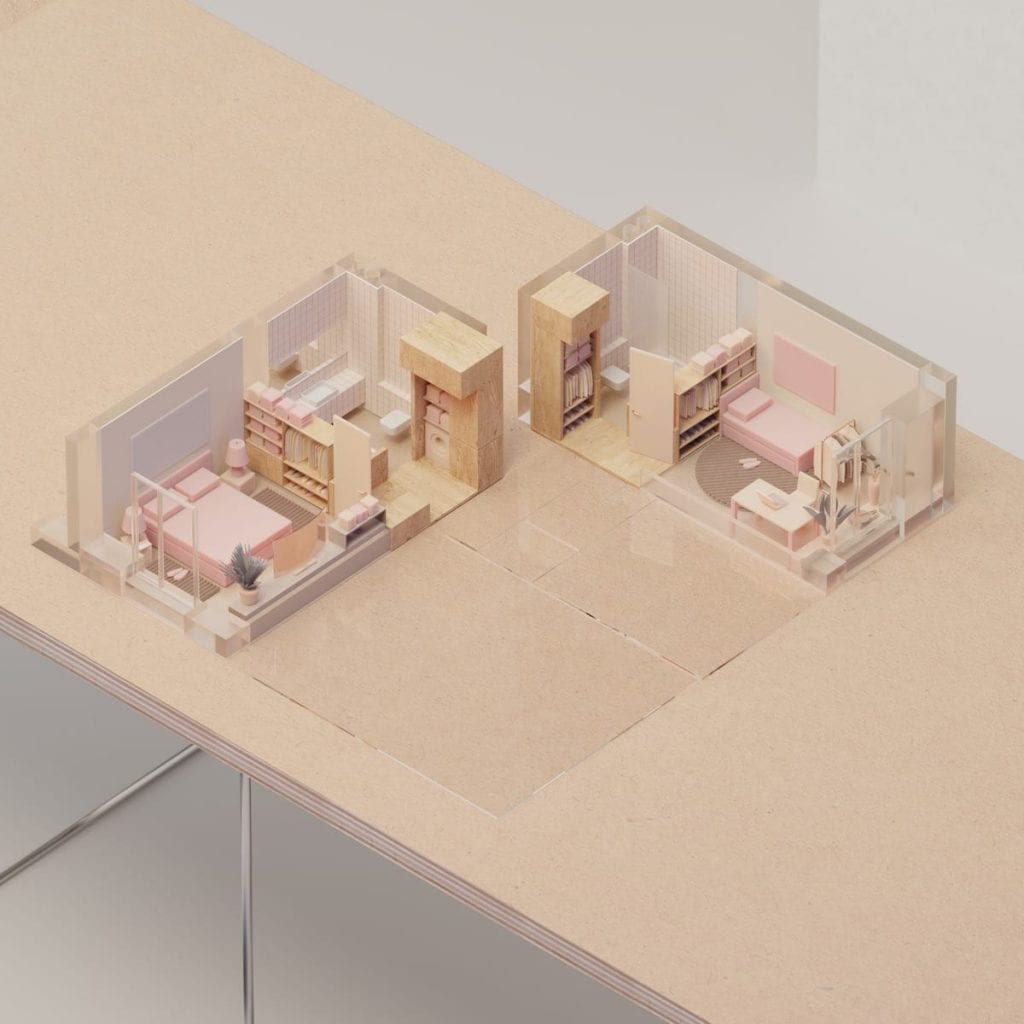
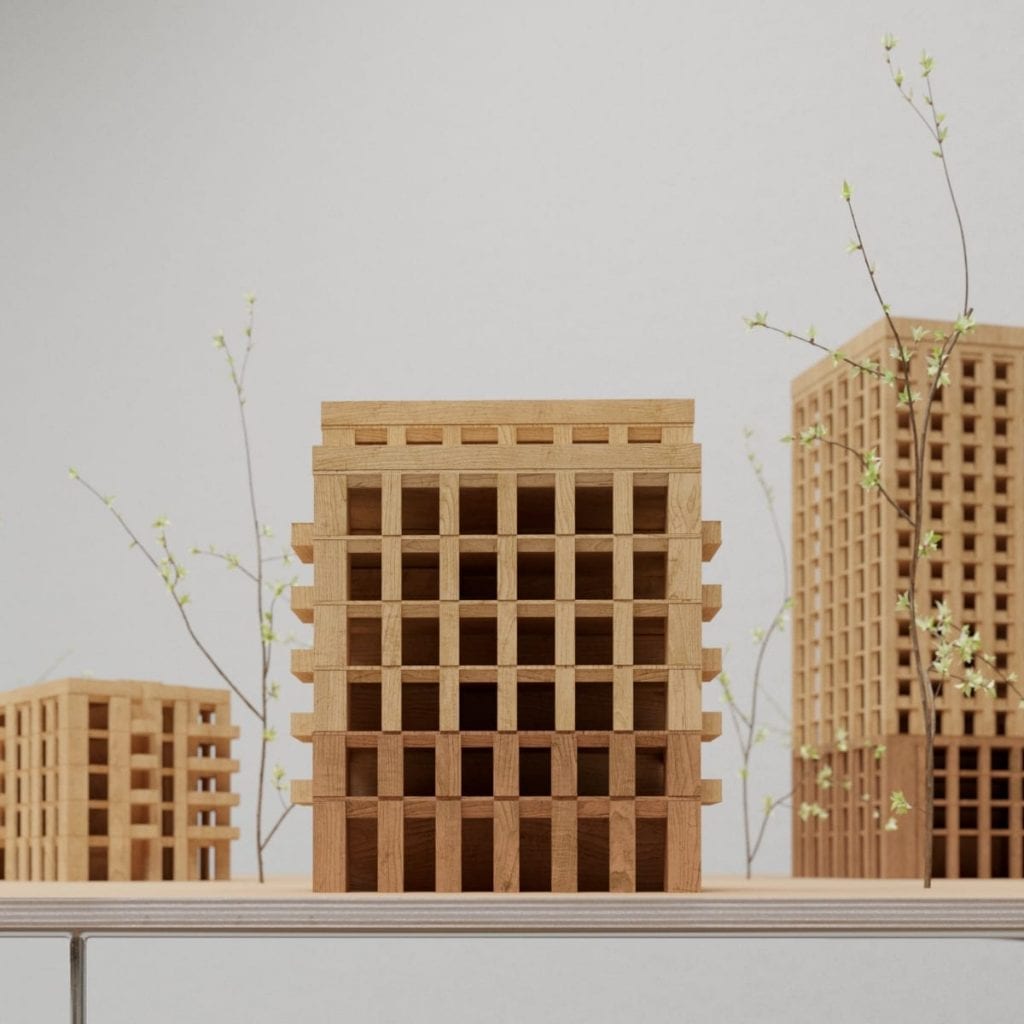
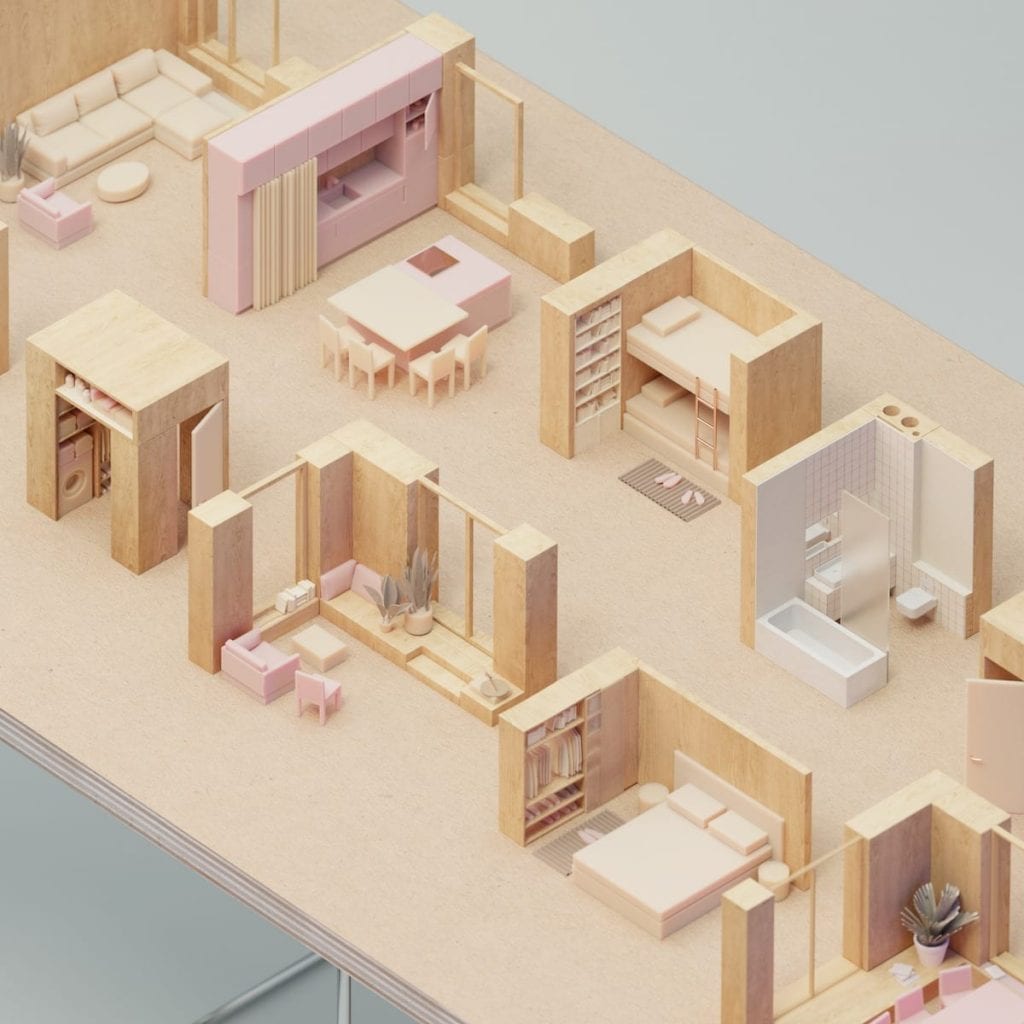
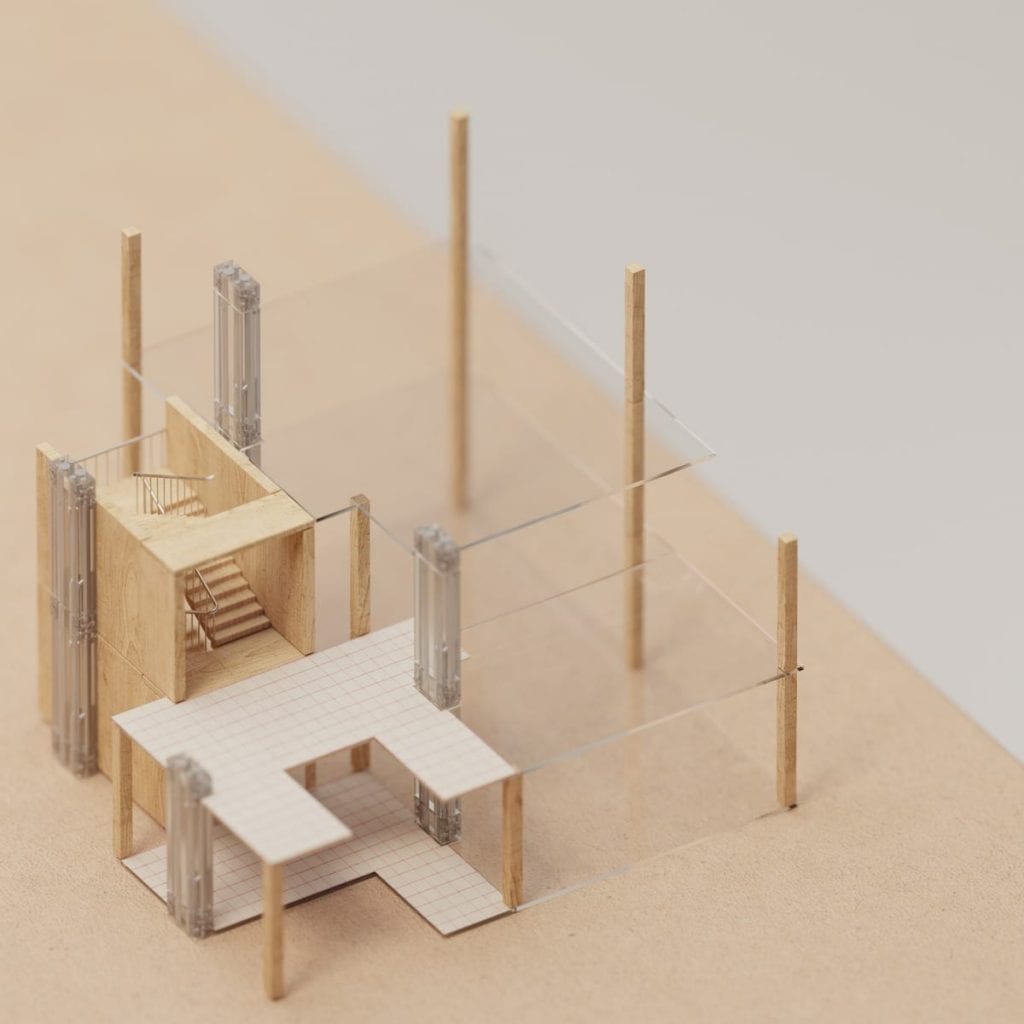
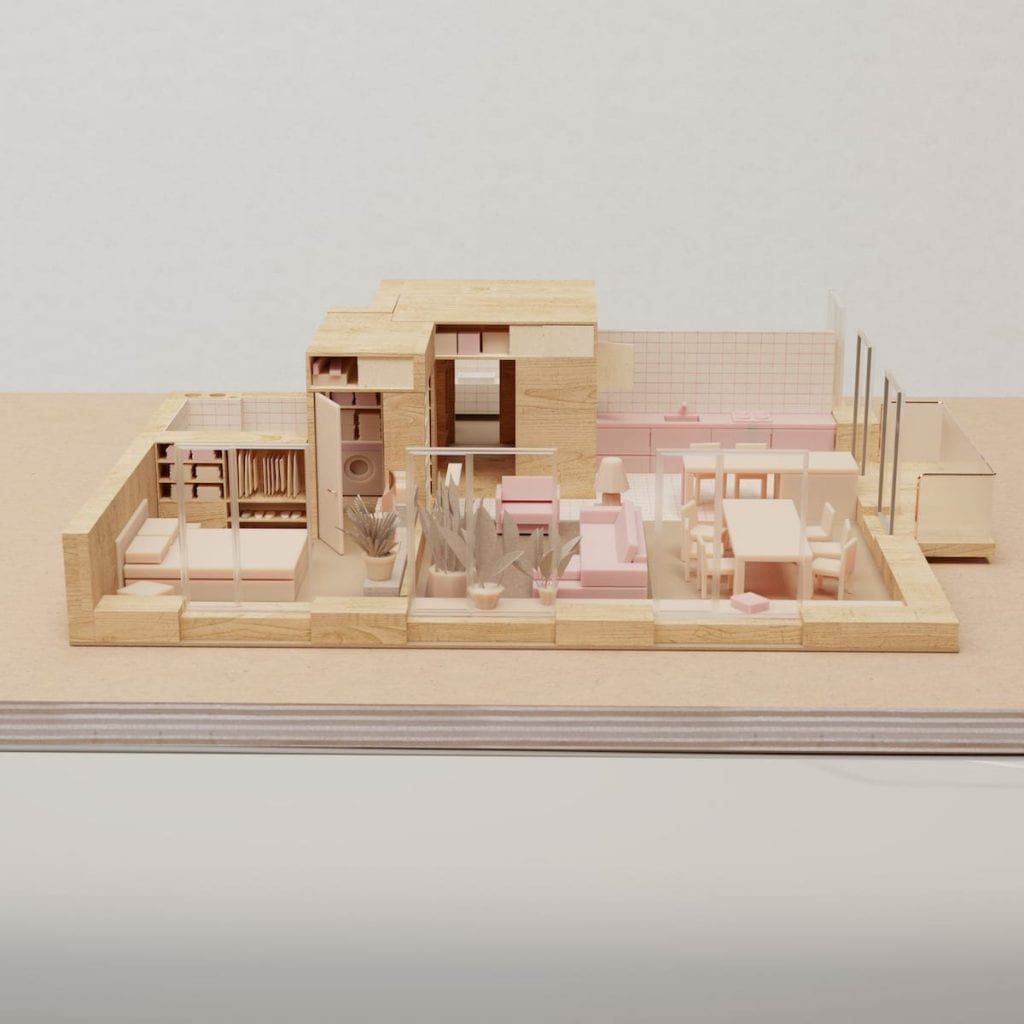
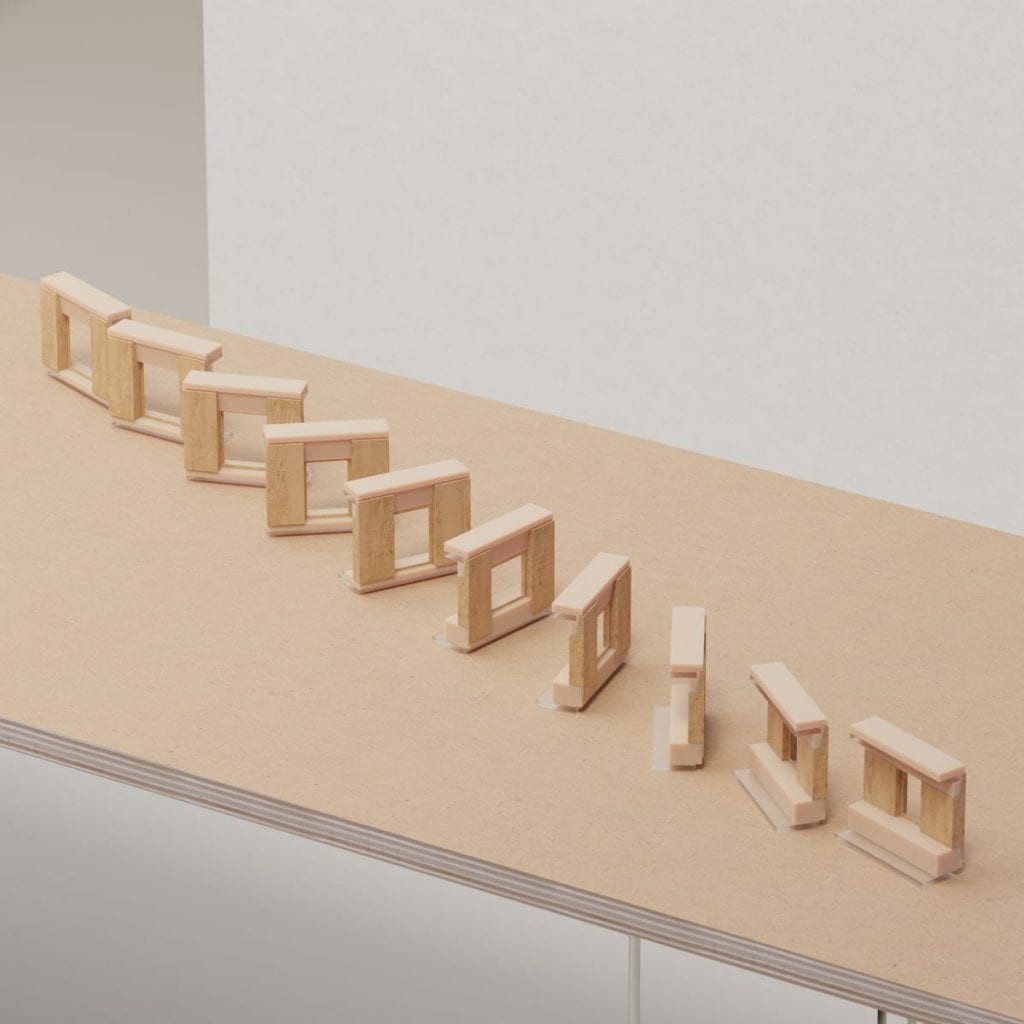
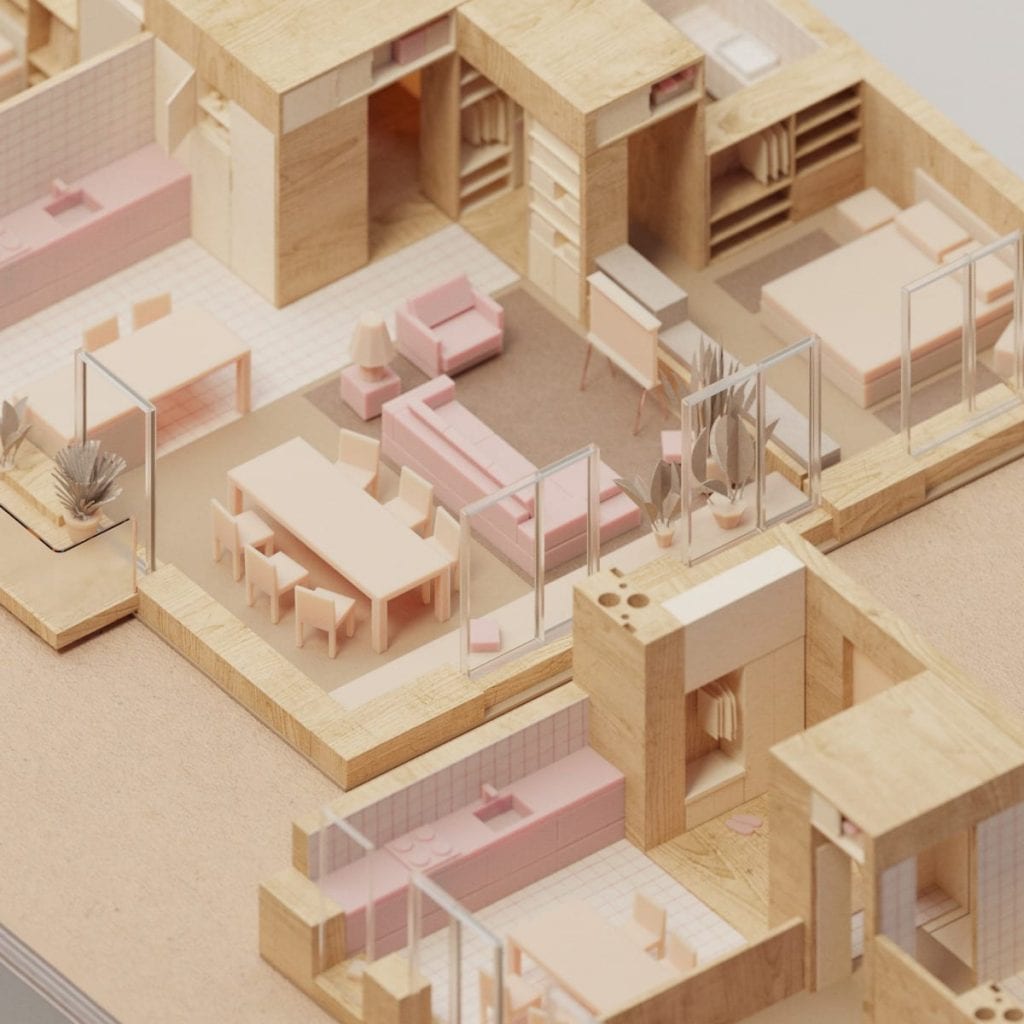
Images courtesy STRELKA-KB, © THE CENTER FOR SPATIAL TECHNOLOGIES + LEVERAGE STRATEGY




























